Matlab Code for Image Inpainting – Image Processing Projects
₹3,000.00
Huge Price Drop : 50% Discount
Source Code + Demo Video
100 in stock
Description
Image Inpainting using Matlab – Image Processing Projects
The restoration and modification of images in a way that is not detectable by an observer who has not seen the original picture is a very old practice – dating back to the manual restoration of medieval art by filling in any gaps that may have distorted the artwork over the years. In modern times, the digitizing of analog images to ‘live forever.
Demo Video
and preventing their decay, often results in defects like scratches, etc. that have to be removed. This practice is known as inpainting. The aim of inpainting is to reconstruct the missing or damaged portions of the picture, in order to restore its unity. The obvious need to restore images extends from paintings to photographs and films. The purpose, however, remains the same – to recondition any deterioration (e.g., cracks or scratches in paintings and photographs), or to modify (e.g., add or remove elements like red eyes), the goal being to produce a modified image in which the inpainted region is merged into the original image so well that an observer is not aware of the modification. The filling-in of missing information is an important aspect of image processing, with applications that range from image restoration, to image coding and transmission (e.g., recovering lost packets), and special effects (e.g., removal of objects).
Algorithms on Image Inpainting
The different types of algorithms, in the past, have broadly been classified as: (i) Texture Synthesis algorithms that generate image regions from sample textures, and (ii) Inpainting techniques that fill in small gaps and holes in the pictures. Texture Synthesis algorithms work better with ‘textures’, two-dimensional patterns that repeat; Inpainting techniques focus on linear structures such as lines and contours that can be thought of as one-dimensional patterns. The most efficient algorithms included as part of the project are – the Convolution Method, the Total Variational (T.V.) method, and the Exemplar Method
Matlab Code for Image Inpainting
For more Image Processing projects ,Click here

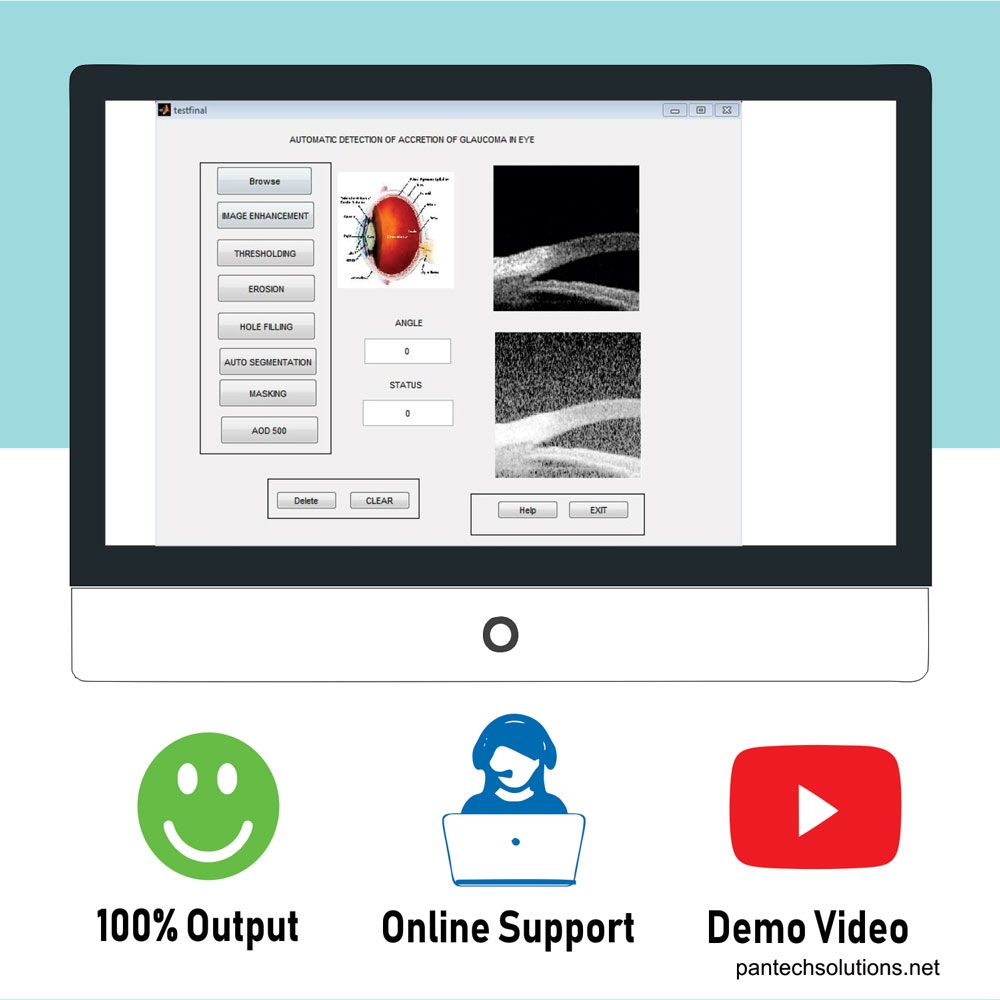

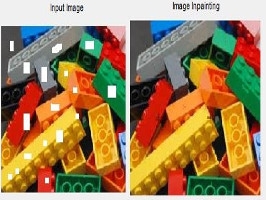
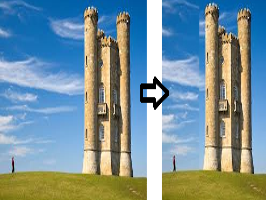
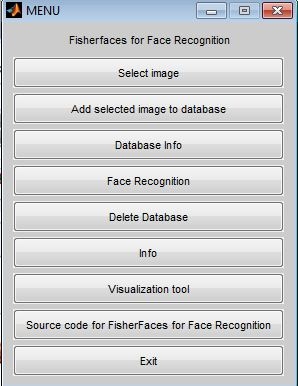
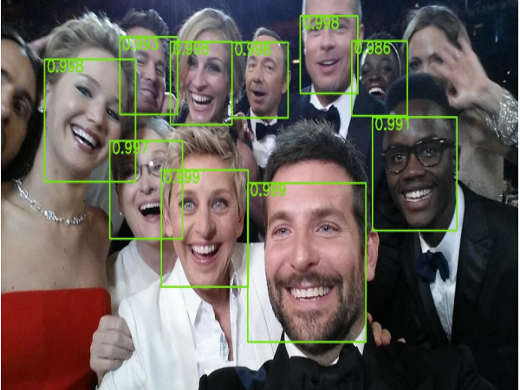
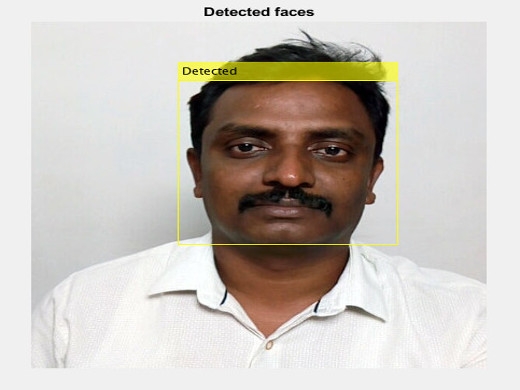
Reviews
There are no reviews yet.